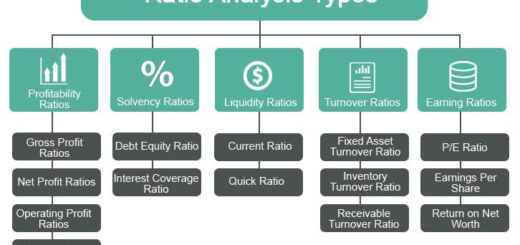Concept of Performance Improvement Plan
Performance Improvement Plans (PIPs) are formal documents that outline specific steps an employee must take to improve their work performance. PIPs are typically used when an employee is not meeting performance standards or when there are specific areas for improvement that need to be addressed.
According to Michael Armstrong, a leading authority on Human Resource Management, a PIP is “a tool for managing performance that identifies areas of improvement and sets out specific actions and timeframes for achieving those improvements.” The PIP should clearly outline the performance issues, the specific actions required to address those issues, and the timeframe for improvement.
A PIP can be used as a tool for both the employee and the organization to identify areas for improvement and set specific goals to address those areas. The PIP should be developed collaboratively between the employee and their line manager, with a focus on identifying realistic and achievable goals that can be measured and evaluated over time.
Overall, PIPs can be an effective tool for improving employee performance and addressing specific areas of concern. By setting clear expectations, identifying specific actions to be taken, and monitoring progress, organizations can help employees improve their performance and contribute to the success of the organization.
here’s an example of a Performance Improvement Plan (PIP) table:
| Goal | Action Steps | Timeline | Measure of Success |
|---|---|---|---|
| Improve Communication Skills | Attend a communication training course, practice active listening, and ask for feedback from colleagues and supervisor | 3 months | Increase in positive feedback from colleagues and supervisor regarding communication skills |
| Increase Sales Performance | Attend a sales training course, review sales strategies with supervisor, and meet with top sales performers for coaching | 6 months | Increase in sales revenue by 10% compared to previous quarter |
| Meet Deadlines Consistently | Improve time-management skills, prioritize tasks, and set realistic deadlines in consultation with supervisor | 2 months | Submit all tasks on time for a period of 3 consecutive weeks |
| Enhance Customer Service Skills | Attend customer service training course, practice active listening and empathy, and seek feedback from customers | 4 months | Increase in positive customer feedback and resolution of complaints |
| Improve Technical Competency | Attend technical training course, seek assistance from colleagues and supervisor, and practice skills in real-life situations | 6 months | Complete 5 complex technical tasks with minimal supervision and errors |
Note: This is just an example table, and the goals, action steps, timeline, and measures of success will vary depending on the specific needs and goals of the employee and the organization.




Pretty! This was a really wonderful post. Thank you for your provided information.